15+ detailed description of Indian national things
National things
National flag:-
The national flag is the horizontal tricolor of deep saffron [kesaria] at the top, white in the middle, and dark green at the bottom in equal proportion. At the center of the white band is a navy blue wheel, which is a representation of the Ashoka chakra at Sarnath. Ratio of the width of the flag to its length is 2:3. Design of the national flag was adopted by the Constituent Assembly of India on July 22, 1947. Its design is that---
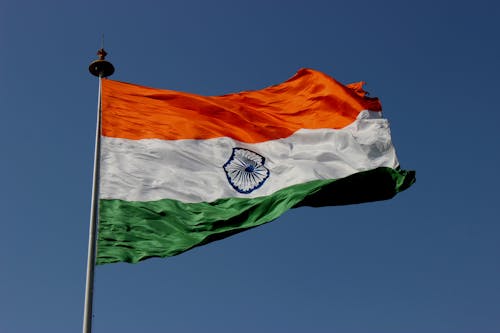
The national flag is the horizontal tricolor of deep saffron [kesaria] at the top, white in the middle, and dark green at the bottom in equal proportion. At the center of the white band is a navy blue wheel, which is a representation of the Ashoka chakra at Sarnath. Ratio of the width of the flag to its length is 2:3. Design of the national flag was adopted by the Constituent Assembly of India on July 22, 1947. Its design is that---

NATIONAL EMBLEM:-
The
National Emblem of India is derived from the time of the emperor Ashoka. The
Emblem is a replica of the Lion of Sarnath near Varanasi in Uttar Pradesh. The
Lion Capital was erected in the third century BC by Emperor Ashoka to mark the
spot where Buddha first proclaimed his gospel of peace and emancipation to the
four quarters of the universe.
There
are four lions standing back-to-back, mounted, on an abacus with the frieze
carrying sculptures in high relief of an elephant, a galloping horse, a bull
and a lion separated by intervening wheels over a bell- shaped lotus. The wheel
appears in relief in the center of the abacus
with a bull on right and a horse on the left and the outlines of the other
wheel on extreme right and left. The bell-shaped lotus has been omitted. The
word Satyameva Jayata from Mundaka
Upanishad meaning: Truth alone triumphs inscribed below in Devanagari Script.
National anthem:-
The
Jana Gana Mana is the national Anthem of India, composed by Rabindranath Tagore.
It was officially adopted by the constituent Assembly as the Indian national
anthem on January 24, 1950. It was first sung on December 27,1911 at the
Calcutta {now Kolkata} session of the Indian National Congress. Playing time of
the full version of the national anthem is approximately 52 seconds. A short
version consisting of the first and the last lines of the stanza {playing time
approximately 20 seconds} is
also played on certain occations.
The
whole song consists of five stanzas:
“Jana Gana
Mana Adhinayaka Jaya He
Bhart Bhagya
Vidhata
Punjab Sindh
Gujarat Maratha
Dravida
Utkala Banga
Vindhya
Himachal Yamuna Ganga
Ucchala
Jaladhi Taranga
Tubh Shubha
Name Jage
Tubh Shubha
Ashisha Mange
Gahe Tubh
Jaya Gata
Jan Gan
Mangaldayak Jay He
Bharat
Bhagya Vidhata
Jaye He!
Jaya He! Jaya He!
Jaya, Jaya,
Jaya, Jaya He”
National song:-
Bankim
Chandra Chatterji’s composed song “Vande
Mataram” was adopted as the National song. It has an equal status with “Jana Gana Mana”. It was first sung in
the 1896 session of the Indian National Congress.
National animal:-
Tiger
is the National Animal of India. It is symbol of India’s wildlife wealth. The
magnificent tiger, Panthera tigris, is a striped animal. The combination of
grace, strength and agility and enormous power has earned the tiger its pride
of place as the national animal of India.
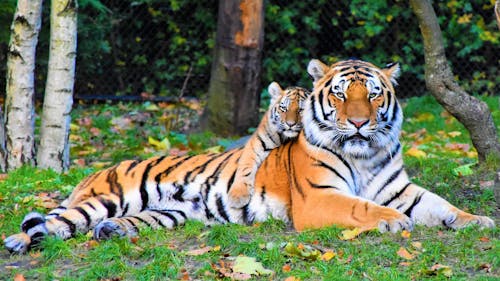

National bird:-
The
Peacock, Pava cristatus, is the national bird of India. Emblematic of qualities
such as beauty, grace, pride, etc. It is a colorful, swan-sized bird, with a
fan-shaped crest of feathers, a white patch under the eye and a long, slender
neck.
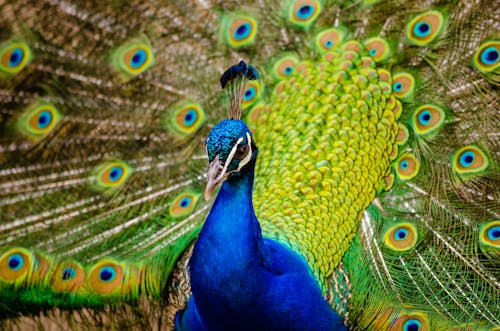

National sports:-
Hockey
is the National game of India. It is played all across India. Indian Hockey
Federation (IHF) was formed on the 7th November,1925 at Gwalior. In
Olympics, India has won the hockey title a maximum of 8 times.


NATIONAL FRUIT:-
Mango
is the National fruit of India. Described as the “Food of the Gods”, in the
saced Vedas, the fruit is grown almost in all parts of India.
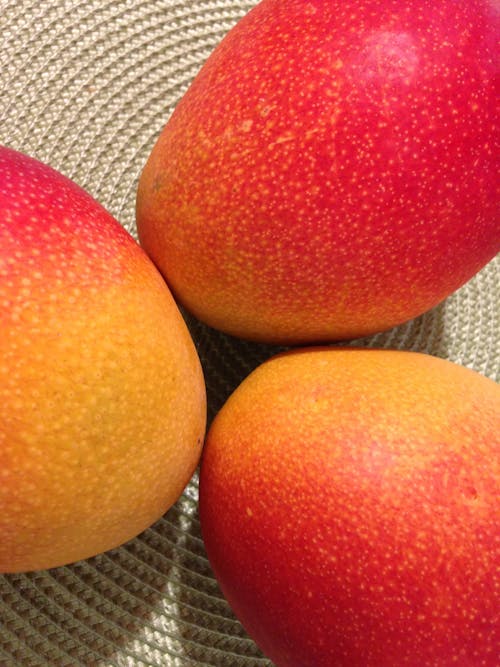
National flower:-
Lotus
botanically known as the Nelumbo Nucifera is the National flower of India. It
is a sacred flower and occupies a unique position in the art and mythology of
the ancient India and has been auspicious symbol of Indian culture since the
time immemorial.
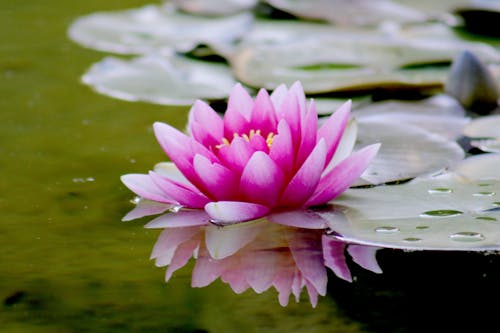

National tree:-
Banyan
Tree is the National Tree of India. This huge tree towers over its neighbors
and has the widest reaching roots of all known trees. It is the focal point of
village life.
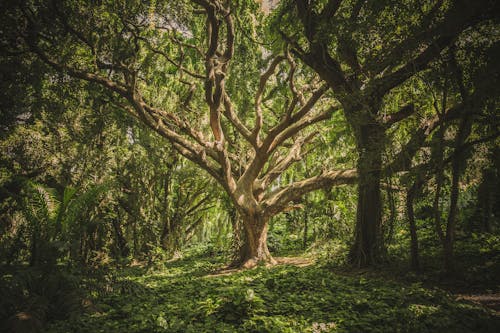

National river:-
Ganga
is the National river of India. It is one of the major river in Indian
subcontinent. The Ganga is mentioned in the Rig- Veda, the earliest of the
Hindu scriptures. Some of the most important Hindu festivals and religious
worship happens on the banks of the river Ganga.
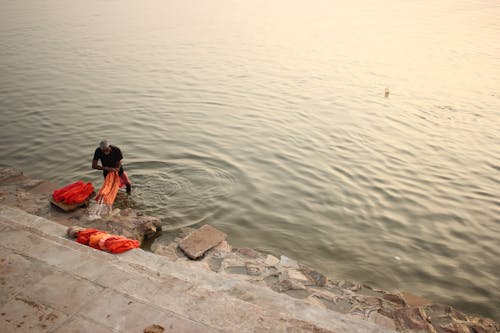

National calendar:-
National
Calendar based on Saka Era with words” Chaitra
Pratipada” as its first month and the first day of a normal year of 365
days adopted from March 22,1957 along with Gregorian Calendar for the official
purposes. Dtes of the national calendar, 1 ‘chautra’ falling on the 22 March
normally and on 21 March in the leap year.
National days:-
26th
January{ Republic Day}, 15th August [ Independence Day}, 2nd
October {Gandhi Jayanti; Mahatma Gandhi’s Birthday}
Comments
Post a Comment